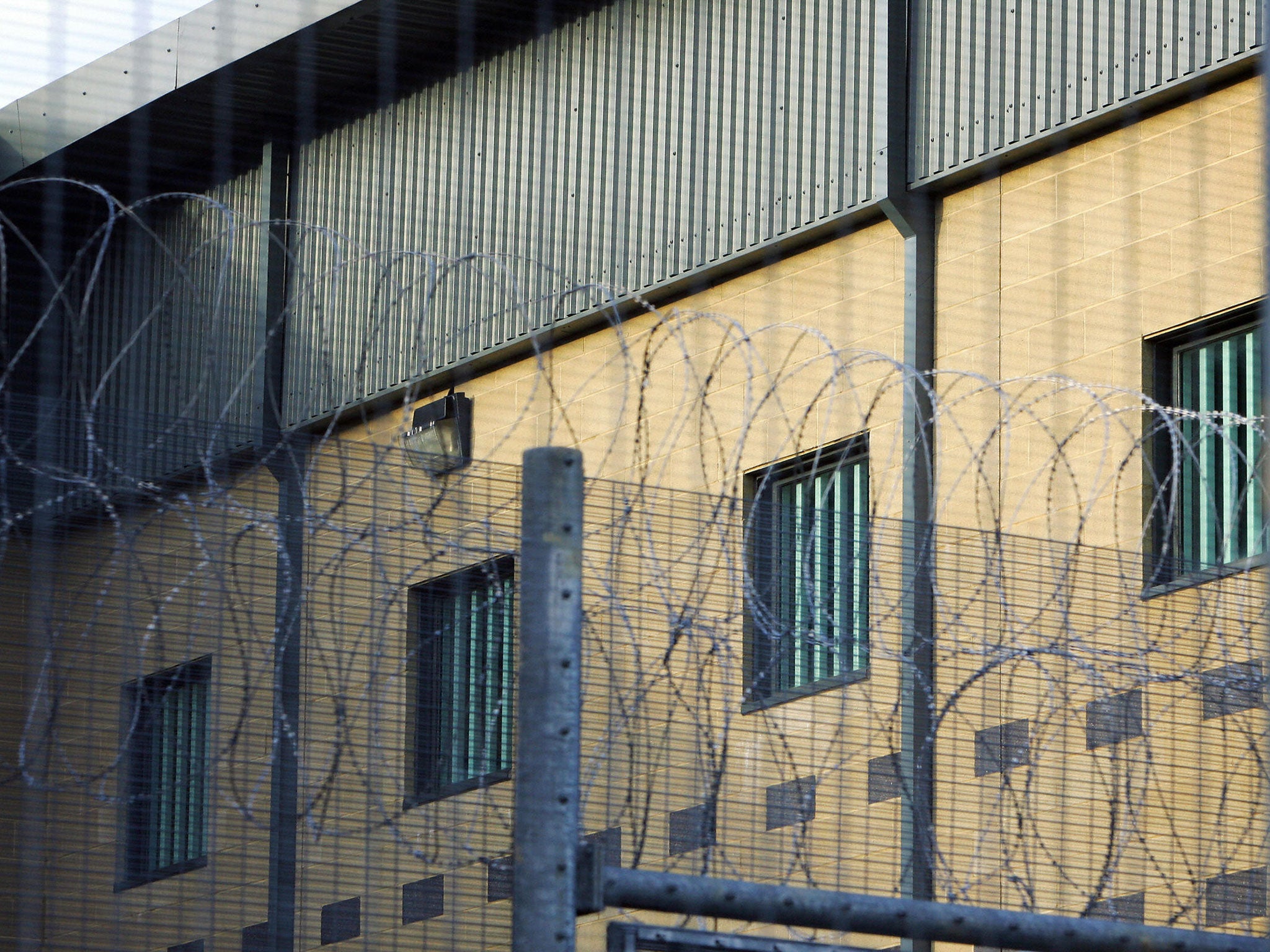Harmondsworth: 'Cockroaches', 'overcrowding' and 'unsanitary toilets' at Europe’s largest immigration detention centre
Centre 'should never have been allowed to get in this state', report says

Europe’s largest immigration detention centre is “dirty and run down”, while some of the older areas are “overcrowded”, “poorly ventilated” and have “seriously insanitary” toilets and showers.
Inspectors even reported seeing cockroaches in the Harmondsworth facility.
These are just some of the findings of an unannounced inspection at the men-only Immigration Removal Centre in Heathrow.
A report by the HM Inspectorate of Prisons says the facility “should never have been allowed to reach this state”.
Thousands of people held are in high-security immigration detention centres in the UK.
Many are asylum seekers, either refused or awaiting visas, people who have overstayed their visas, or non-British criminals who have completed jail terms in the UK.
At Harmondsworth immigration removal centre there is room for 661 detainees, and many will not know how long they will stay there.
An inspection was held at the centre between 7-18 September 2015, and although there was evidence of “good work”, Peter Clark, HM Chief Inspector of Prisons wrote: “Many of the concerns that we identified in 2013 have not been rectified and in some respects matters have deteriorated.”
A key concern for Mr Clark is the length of time detainees are held at the facility, while the report called for a limit on the amount of time a person can spend in detention.
According to the report, detention at the centre should be for "the minimum period necessary", however, a "significant" number of men were held for "excessive periods".
It said eighteen detainees had been held for more than a year, while one man had spent a five years in total at the centre having been detained on several separate occasions.
Processes put in place by the Home Office to prevent unreasonable detention were found to be ineffective at times, and some men were detained despite their medical evidence suggesting vulnerability.
Although the Harmondsworth site can hold up to 661 detainees, and only had 610 at the time of the inspection, the report described overcrowding throughout.
It said all two-person rooms were being used by three people, and at least two of the rooms were accommodating four people.
The report also pointed to inadequate facilities in the rooms including a lack of beds, too few chairs and tables, if any, and poor access to bedding.
Bed bugs were also commonly reported by residents.
Another key complaint was the treatment detainees received at the start of their stay.
A survey by the inspection team found 80 per cent of men “had problems on arrival” and “nearly half said they had felt depressed or suicidal”.
It also concluded early days risk assessment processes were “not good enough and the complex mix of detainees on the first night unit made it impossible for staff to provide a calm and supportive environment for people undergoing one of the most stressful periods of their lives”.
In September 2014 Care and Custody started running Harmondsworth immigration removal centre on behalf of the Home Office, taking over from GEO Group.
Mr Clarke criticised GEO Group’s “lack of investment in the last stages of the previous contract”, saying it was “evidenced in particular by the appalling state of some of the residential units.”
However, he added: “While the decline had been arrested by the time of this inspection, the centre had not yet recovered.”
Care and Custody responded to the findings, with Managing Director Danny Spencer saying: “The inspectors refer to some good work at the centre and acknowledge that we have made improvements since we took over in September 2014.
“The inspection also identified things we need to do better. We were aware of most of them and have been working on an improvement programme since we commenced the service.
“This has continued in the six months since the inspection, addressing the recommendations and the operational and cultural challenges that we faced as the incoming operator.”
Subscribe to Independent Premium to bookmark this article
Want to bookmark your favourite articles and stories to read or reference later? Start your Independent Premium subscription today.

Join our commenting forum
Join thought-provoking conversations, follow other Independent readers and see their replies